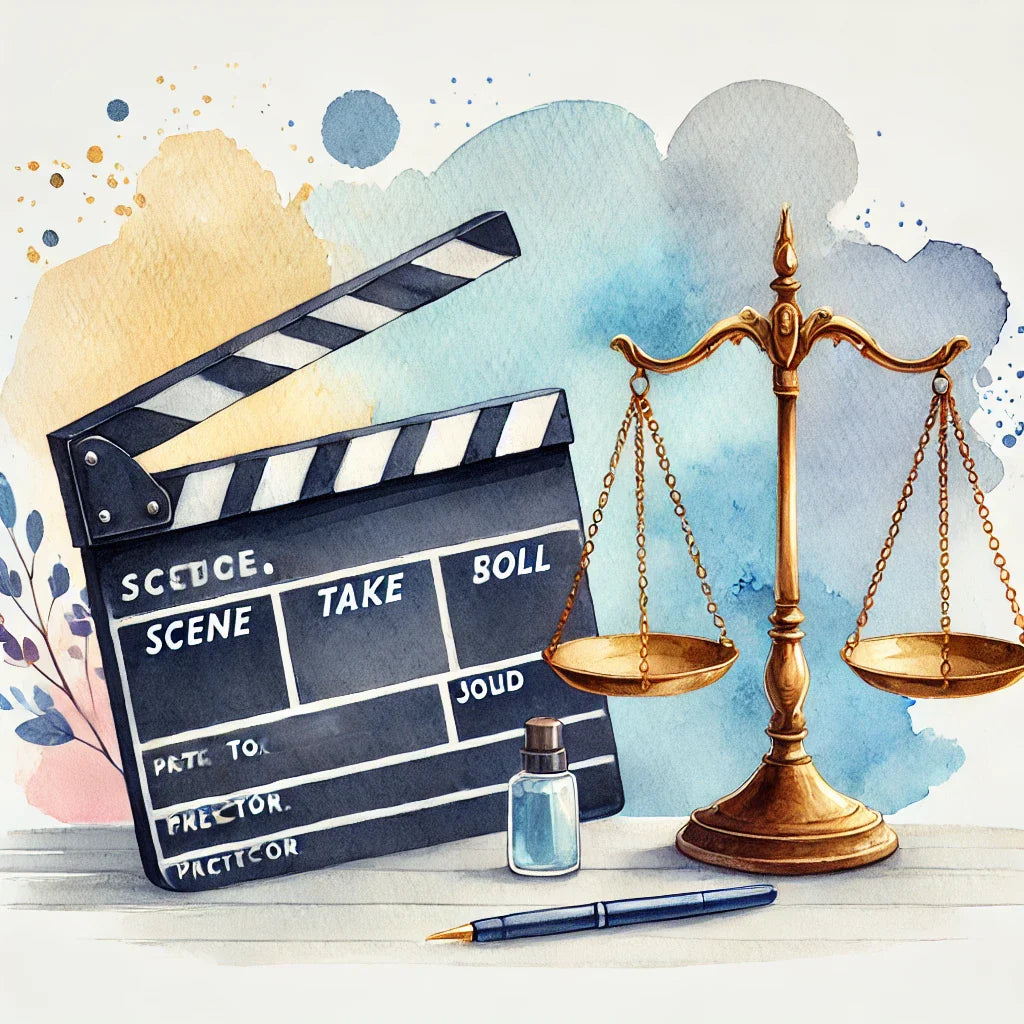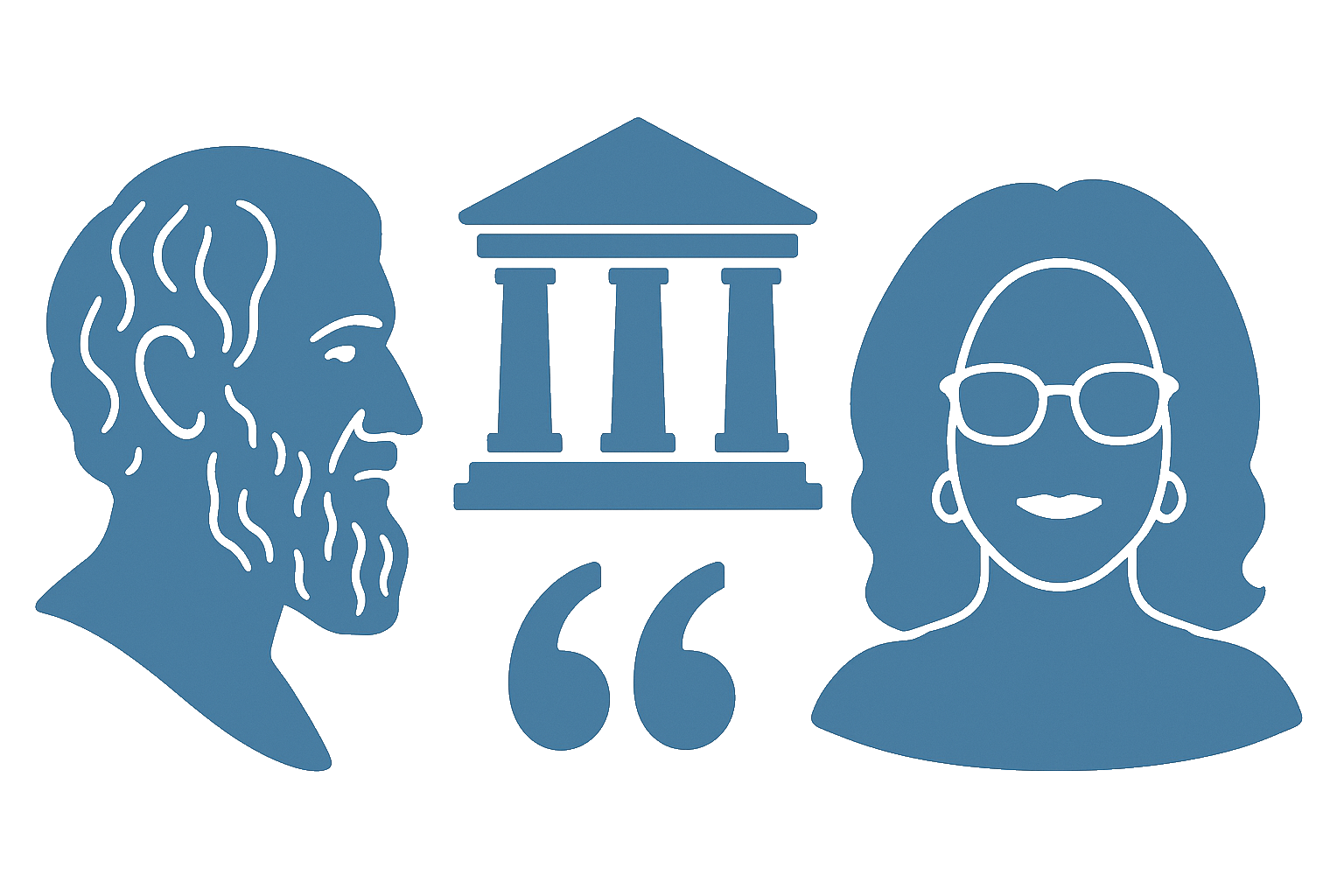Quick Overview
Quick Answer: Yes, businesses can use short clips from movies, TV shows, and other videos—but only if they follow legal guidelines like fair use or licensing.
Quick Overview: This guide covers how businesses can legally use snippets from movies, TV, and other videos for marketing, presentations, or educational purposes. Learn about fair use, licensing, potential pitfalls, and real-life examples to keep your business safe and creative.

Common Questions & Answers
-
What is “fair use,” and how does it apply to video clips?
Fair use allows limited use of copyrighted material without permission, typically for commentary, criticism, education, or parody. -
Do I need permission to use short clips in marketing materials?
Unless it’s fair use, you’ll likely need explicit licensing or permission from the copyright holder. -
How long can a clip be to qualify as fair use?
There’s no hard rule, but shorter clips used in transformative ways are more likely to qualify. -
Can I use clips for educational purposes in my business?
Yes, education often falls under fair use, but it’s best to consult legal advice if the use isn’t clear. -
What happens if I use clips without permission?
You risk copyright infringement claims, which could lead to lawsuits, fines, or having your content removed.

Step-by-Step Guide
-
Understand Copyright Basics
Copyright protects original works, including movies and TV shows. Using clips requires navigating these protections. -
Evaluate Fair Use
Ask yourself if your usage is transformative, non-commercial, educational, or a parody. If yes, fair use may apply. -
Seek Licensing
Contact the copyright owner or use platforms like Creative Commons or licensing agencies to obtain rights. -
Use Public Domain Materials
Check if the clip is in the public domain, where copyright has expired or doesn’t apply. -
Consult Legal Experts
When in doubt, consult an intellectual property attorney to ensure your use is compliant.
Historical Context
The concept of copyright dates back to the Statute of Anne (1710), which granted authors rights to their works for the first time. In the U.S., the Copyright Act of 1976 further solidified protection for creative works, including films and TV shows. Over time, landmark cases like Sony Corp. v. Universal City Studios (1984) shaped the doctrine of fair use, giving some leeway for transformative works. The rise of social media and meme culture has added complexity, as courts now evaluate whether clips used in this context qualify as fair use or infringement.

Discussion: Typical Fair Use Cases for Short Video Clips
Fair use allows certain uses of copyrighted materials without permission, provided the use is transformative and meets specific criteria. Here are the most common cases where short video clips may qualify as fair use:
1. Commentary and Criticism
Using clips to critique or comment on the original work is a classic example of fair use. For instance:
- Film Reviews: A reviewer showing a scene to analyze its cinematography or acting.
- Cultural Commentary: A content creator dissecting how a movie reflects societal trends.
- Parody and Satire: Transforming the original clip to mock or poke fun at it, often for comedic effect.
2. Educational Purposes
Clips used in teaching, research, or presentations often qualify, especially if they add value to the learning experience. Examples include:
- Classroom Use: Teachers showing a short scene to explain a historical event or literary device.
- Workshops or Seminars: Trainers demonstrating storytelling techniques with famous film clips.
- Academic Analysis: Scholars using a snippet in a lecture or research paper for critique.

3. News Reporting
Journalists and media outlets often use video snippets to illustrate a point or report on a story. Examples include:
- Breaking News: Showing a brief clip of a protest or public speech.
- Contextual Reporting: Referencing a movie scene to highlight societal issues or trends.
4. Transformative Creative Works
When the original clip is repurposed into something new and transformative, fair use might apply. For instance:
- Mashups and Remixes: Creators combining clips from different sources to produce unique content.
- Artistic Projects: Using snippets to create a commentary-driven short film or visual art.
- Fan Edits and Tributes: Short compilations celebrating or reinterpreting the original material.
5. Nonprofit and Personal Use
While less clear-cut, some non-commercial uses may qualify for fair use, particularly if they’re not widely distributed. Examples include:
- Personal Blogs or Vlogs: Briefly showcasing a clip while discussing its impact.
- Community Projects: Local events or presentations using a short scene for illustrative purposes.

Does the Length and Content of a Clip Affect Fair Use?
When it comes to determining whether the use of a video clip qualifies as fair use, both the length and content of the clip play a critical role. Here’s how these factors come into play:
1. The Length of the Clip
Shorter Clips Are Safer—but Not Always a Guarantee
- The shorter the clip, the more likely it is to be considered fair use, particularly if the length used is only what’s necessary to achieve the purpose (e.g., commentary or education).
- Courts often focus on whether the use was proportional to the purpose. For example, using a 5-second clip to illustrate a point in a lecture is more justifiable than using a 3-minute segment.
The “Heart of the Work” Doctrine
- Even a short clip can violate copyright if it includes the most memorable or essential part of the work (e.g., a famous movie quote or a pivotal scene).
- Example: Using “Here’s looking at you, kid” from Casablanca might be riskier than showing a lesser-known portion of the film.
2. The Content of the Clip
Creative Content vs. Factual Content
- Creative Works: Clips from movies, TV shows, or music videos, which are highly creative, often receive stronger copyright protection.
- Factual Works: Clips from documentaries, news broadcasts, or educational videos may have less protection, especially when used for commentary or education.
Cultural and Iconic Moments
- Iconic clips (e.g., the Titanic “I’m the king of the world!” scene) are more likely to be seen as central to the original work and may face stricter scrutiny in fair use arguments.
- However, their ubiquity in culture could lend itself to transformative uses, like parody or commentary, where fair use might apply.

3. The Purpose of the Use
The interplay between length and content often hinges on the purpose of the use. Courts are more lenient if the use is:
- Transformative: Changing the original meaning or adding new expression.
- Non-commercial: Used for education, research, or commentary rather than profit.
- Limited in Scope: Using only what is needed to achieve the purpose.
Examples of How Length and Content Matter
- Short Clip for Critique: A 10-second fight scene from a superhero movie used in a YouTube review to highlight bad CGI is more likely to be fair use.
- Long Clip for Entertainment: A 3-minute montage of key scenes from a blockbuster movie uploaded as-is on social media is unlikely to qualify as fair use.
- Iconic Scene for Satire: A parody ad using a brief recreation of The Godfather’s “I’ll make him an offer he can’t refuse” might qualify under fair use due to its transformative nature.

Business Competition Examples
- Reaction Videos: Many YouTubers use movie and TV clips for reactions, relying on fair use by adding commentary.
- Marketing Campaigns: Nike once licensed famous movie scenes to create nostalgic ads.
- Educational Content: Khan Academy uses snippets from shows under fair use for teaching concepts.
- Memes and GIFs: Some businesses use brief clips or GIFs, but they tread a fine line legally.

The Debate
Fair Use Advocates
- Enables creativity, commentary, and education.
- Encourages innovation and cultural exchange.
Copyright Holders
- Protects original creators’ rights and income.
- Prevents misuse and unauthorized exploitation.

Takeaways
- Fair use isn’t a free pass—use it wisely.
- Licensing is the safest option but can be expensive.
- Public domain works are a goldmine for businesses.
- Stay informed about evolving copyright laws.
- Consult legal experts to avoid pitfalls.
Potential Business Hazards
- Copyright Infringement Lawsuits: Costly settlements or legal battles.
- Reputational Damage: Public backlash from creators or audiences.
- Content Takedowns: Removal from platforms like YouTube or social media.
- Missed Opportunities: Spending resources on risky content instead of safe alternatives.
Myths and Misconceptions
-
“If it’s short, it’s free to use.”
Length doesn’t determine legality—context does. -
“It’s fine if I don’t profit.”
Non-commercial use can still violate copyright. -
“Giving credit makes it okay.”
Acknowledgment doesn’t replace permission. -
“I can use anything for memes.”
Memes might not always qualify for fair use.

Book & Podcast Recommendations
- “Free Speech and Intellectual Property” by Neil Weinstock Netanel: A deep dive into balancing rights.
- “The Fair Use Doctrine” Podcast: Practical insights from copyright experts.
- “Creative License” by Kembrew McLeod: An exploration of creativity under copyright law.
Legal Cases
-
Sony Corp. v. Universal City Studios (1984)
- Summary: Defined fair use in home video recording.
- Relevance: Paved the way for transformative uses of media.
-
Lenz v. Universal Music Corp. (2015)
- Summary: A mother sued after a takedown of her child dancing to Prince’s “Let’s Go Crazy.”
- Relevance: Reinforced fair use as a right, even in digital contexts.

Share Your Expertise
For more resources on intellectual property and creative use, visit Miller IP’s Inventive Unicorn!

Wrap Up
Short clips can pack a legal punch. By understanding fair use, licensing, and copyright law, businesses can harness video snippets while avoiding costly mistakes. Play it smart, and your creative campaigns can shine!












